Vaccines Under Crucial Testing Stage
None of the Central American countries participates in any of the studies that seek a vaccine against the SARS-CoV-2 virus, the great battle against time to stop deaths from Covid-19.
Despite this, there are mechanisms through which immunization is expected to reach the isthmus, according to a top PAHO representative.
"Everyone, absolutely everyone, will have access to the vaccine under the PAHO model … Of course, there is an issue of the production capacity of the laboratories, but we can tell the region that it will have the vaccine when the time comes,” Dr. Marcos Espinal, director of PAHO’s Department of Communicable Diseases and Health Analysis, said in an interview with Conexión Centroamericana from his Washignton D.C. office.
Dr. Espinal said the countries of the Americas will have access to immunizations through PAHO’s purchasing system, which allows better prices and a "fair and equitable" distribution.
To date, there are 165 proposals for a vaccine, mostly in the early stages with only 23 studies in humans, according to the WHO online report, as of press time, July 25.
At the moment, the focus is on the vaccine being developed by the University of Oxford and the Swedish laboratory Astrazeneca, which demonstrated both safety and generation of an immune response to the SARS-CoV-2 virus in Phase II of the study with 1,077 participants.
Researchers have now launched Phase III with 47,000 volunteers to measure the vaccine’s effectiveness against the virus.
If proven safe and effective in Phase III trials, Astrazeneca has said it will give the first production of its vaccine at cost.
“They offer a production of 2 billion doses with 400 million doses available by the end of this year. This is a very aggressive bet — if they get the vaccine," said Dr. Jessie Orlich, director of the Costa Rican Institute for Clinical Research, in a virtual conference of the National Academy of Science of Costa Rica in which she provided an overview of immunizations under study.
"Still, it is not certain that the vaccines give prolonged immunity. A recent publication showed that patients who have already recovered present the disease again in weeks or months... It is not well known how many doses will be taken, there is no certainty of this," warned Dr. Orlich, who added that no dates can be given when it comes to research.
In addition to Astrazeneca's study, the U.S. National Institutes of Health's candidate vaccine is being tested with the biotechnology company Moderna, which, at press time, was on schedule to move to phase III on July 27 with 30,000 volunteers from that northern country.
Finally, the American laboratory Pfizer and the German company BioNTech announced that their immunization candidate has also moved on to the third phase: they will recruit 30,000 volunteers in countries such as the United States, Argentina, Brazil and Germany.
Searching for a Solution
Dr. Rolando Herrero, an epidemiologist and director of the Costa Rican Agency for Biomedical Research, stressed that scientific teams "are dedicated to research on SARS-CoV-2 in order to find solutions as quickly as possible."
Dr. Herrero is recognized for his participation in the global study of the human papillomavirus vaccine.
In August, Dr. Herrero will join the group of scientists searing for solutions with the launch of RESPIRA: a study with 5,000 volunteers -- infected and healthy -- which will measure the level of antibodies in the body and how long this immunity remains after an infection by Covid-19 in order to clear up doubts about possible reinfections with the virus.
It will recruit 5,000 volunteers among the sick and the control group -- patients cared for by the Costa Rican Social Security Fund, an ally of this work.
In addition, as part of RESPIRA, the form of transmission of the virus in the families of the patients will be studied, with the research conducted in coordination with the National Institute of Allergies and Infectious Diseases of the United States.
Dr. Herrero's work is an example of the initiatives of Central American scientists whose brains are focused on the demands of a crisis where uncertainty is the only certainty.





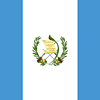
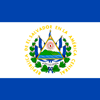
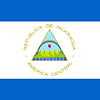
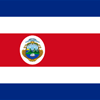
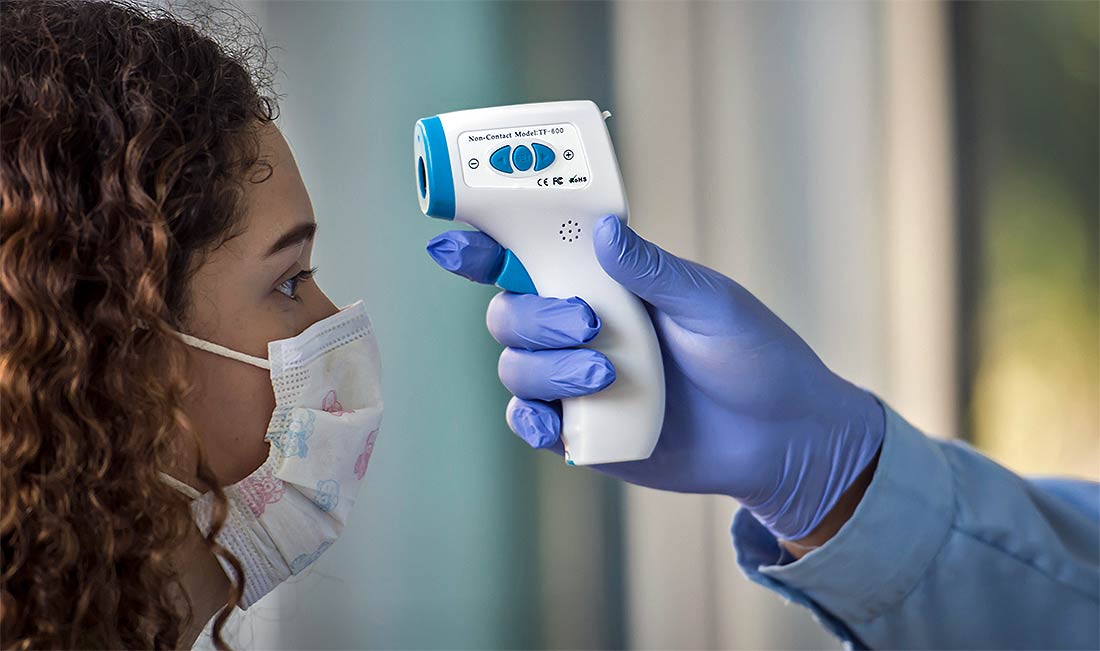



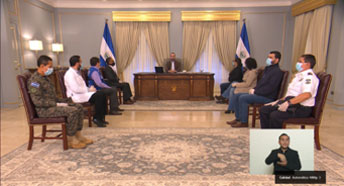 Nayib Bukele gives his reports surrounded by his cabinet, in addition, the PAHO delegate in El Salvador usually joins it. Photo: Facebook NB.
Nayib Bukele gives his reports surrounded by his cabinet, in addition, the PAHO delegate in El Salvador usually joins it. Photo: Facebook NB.

